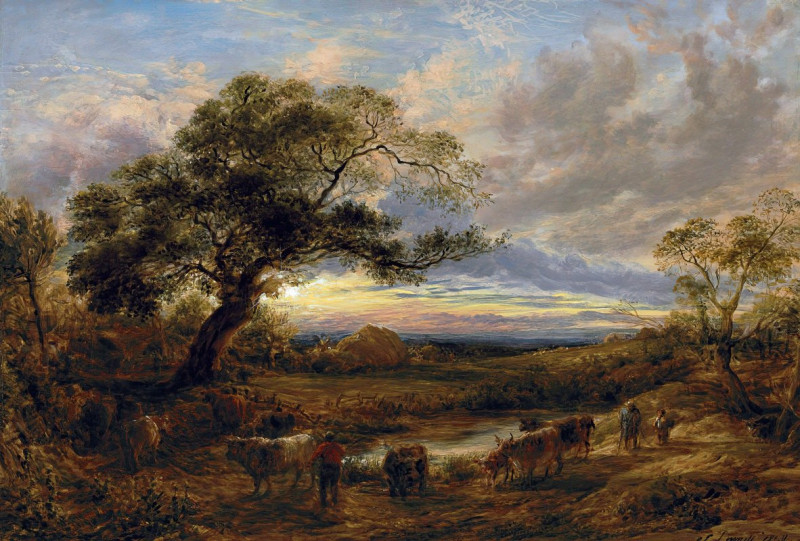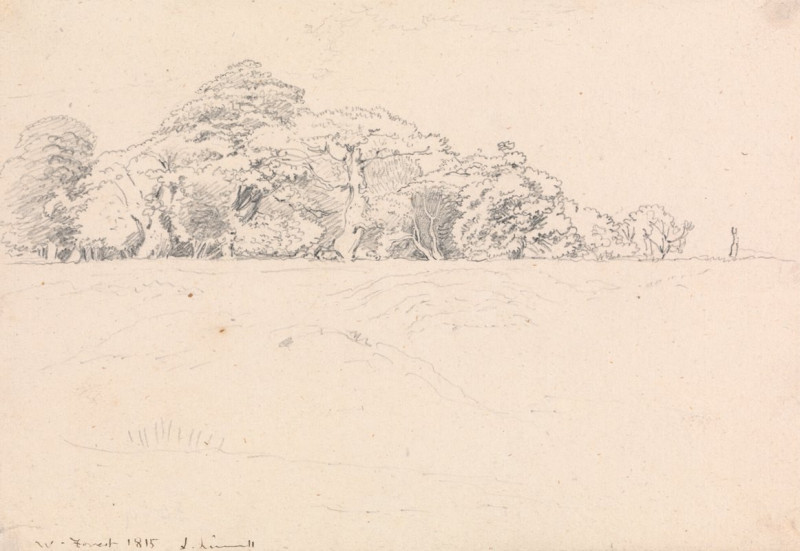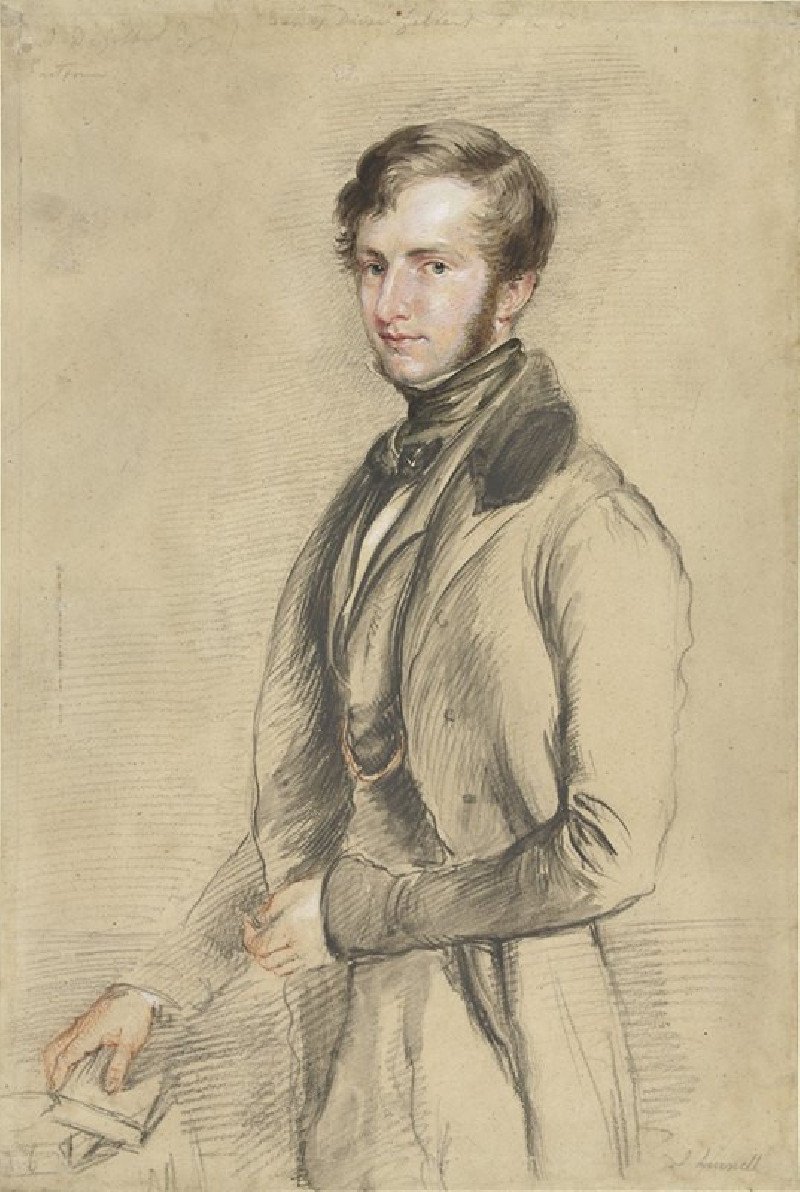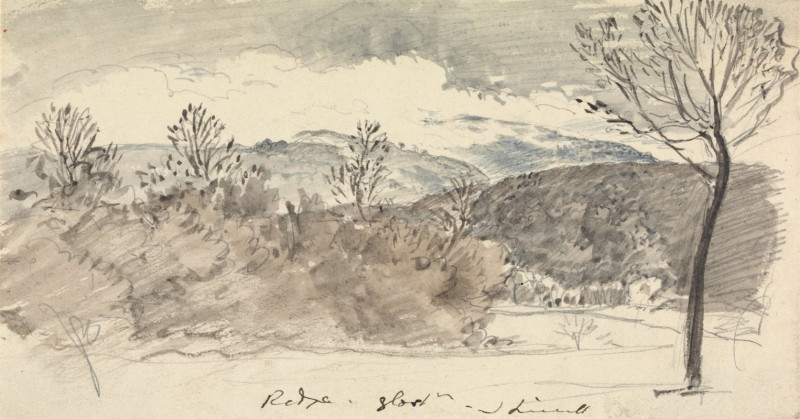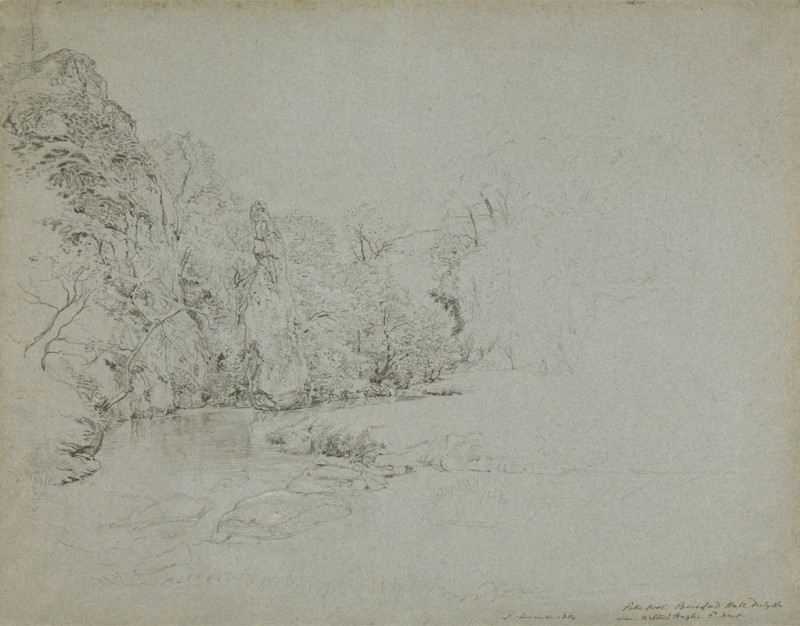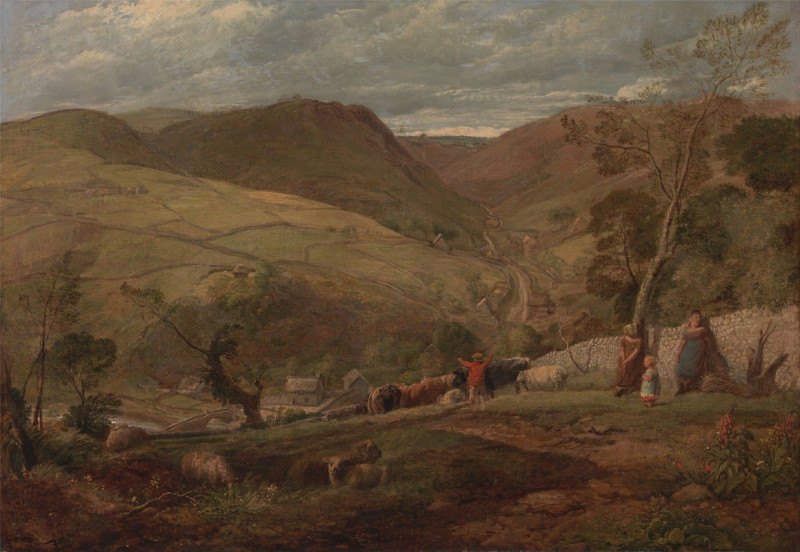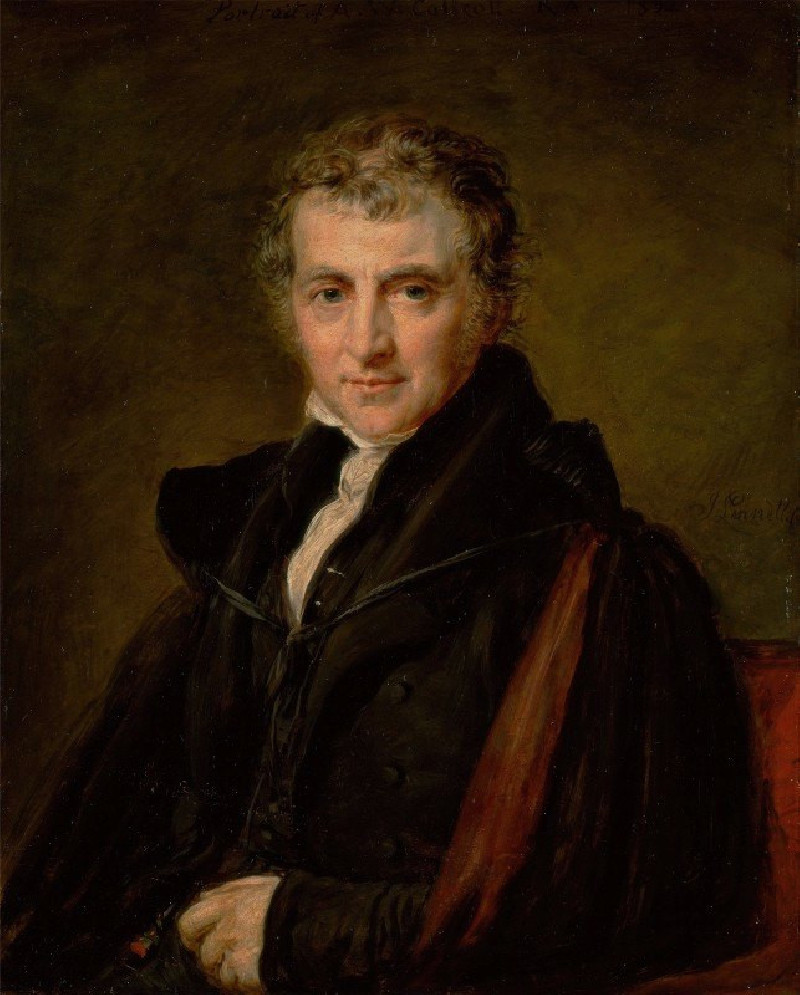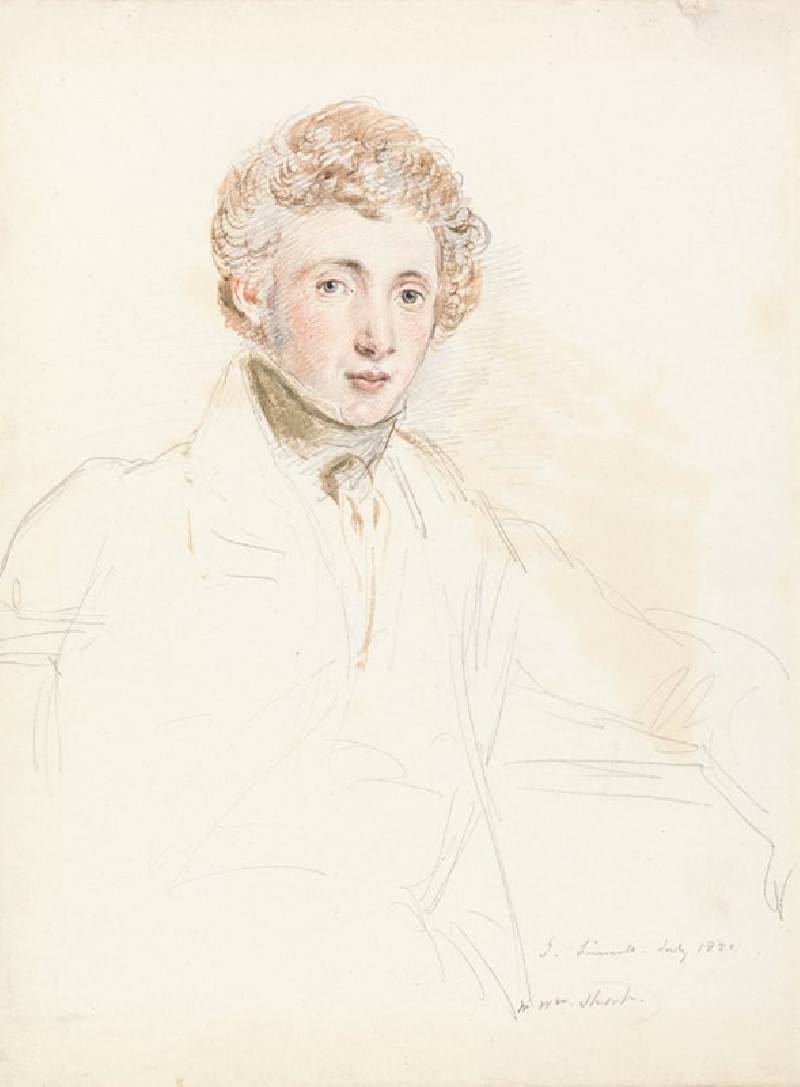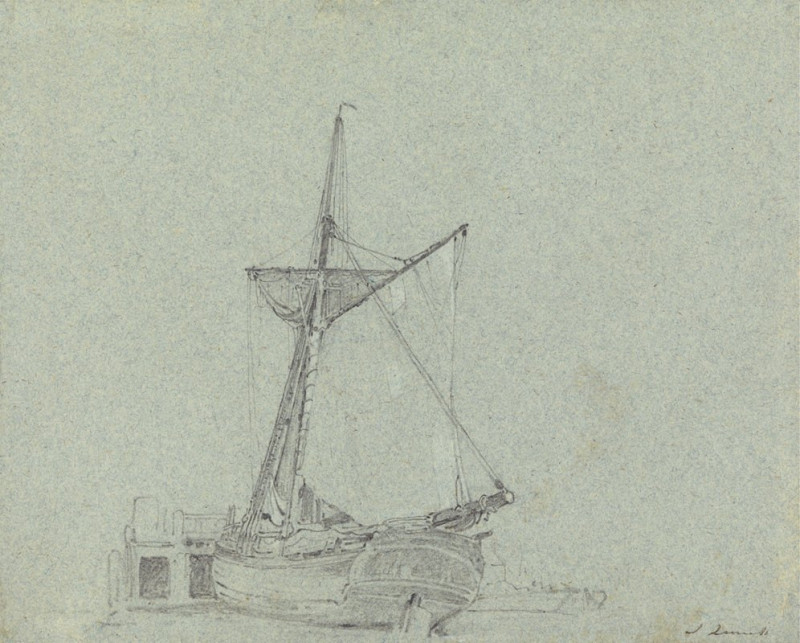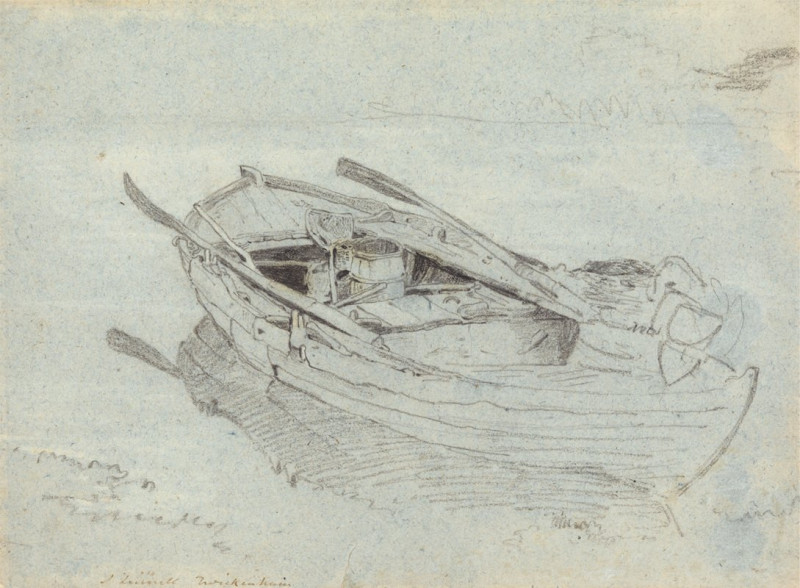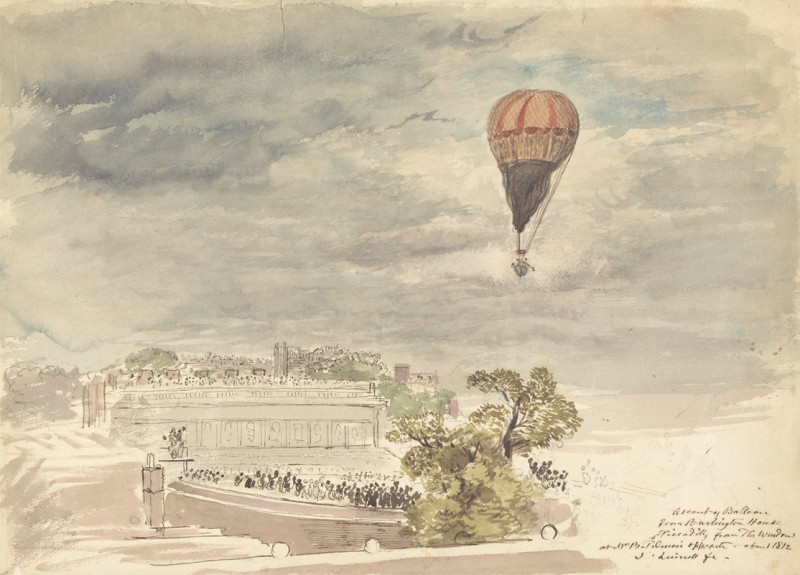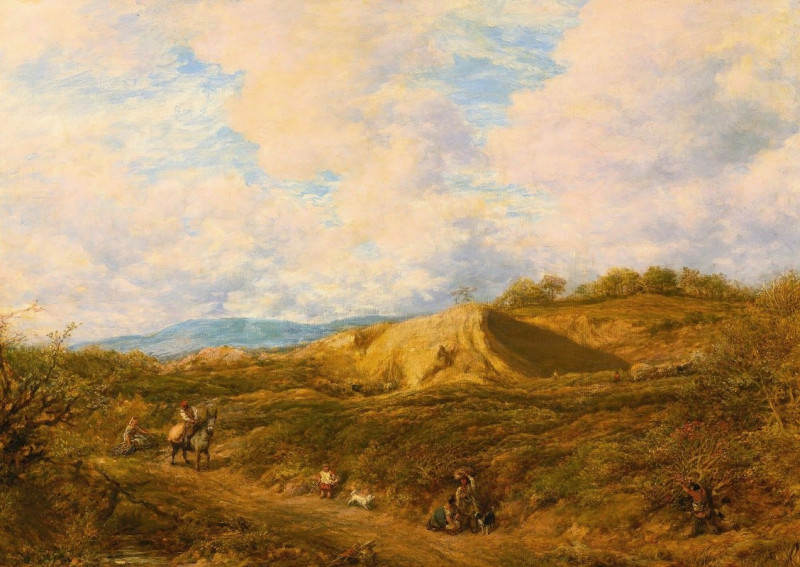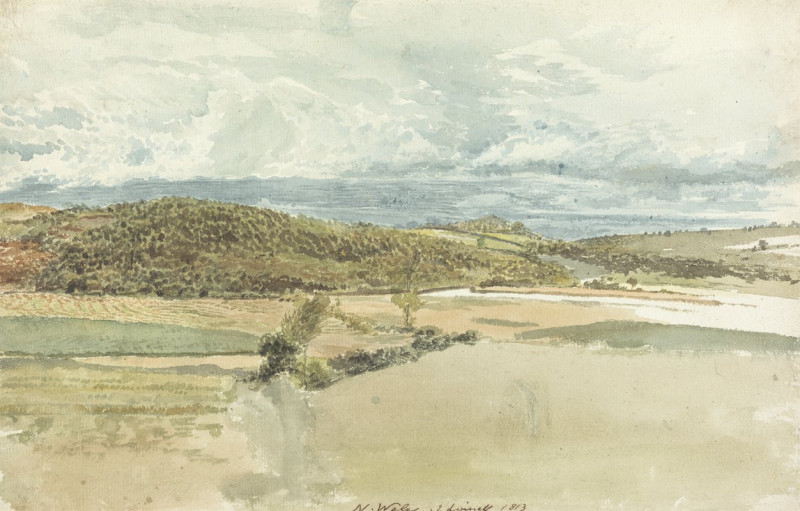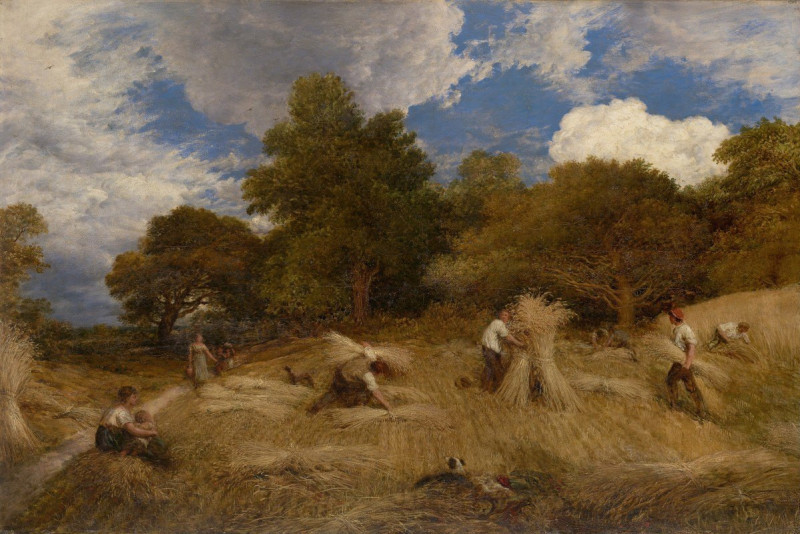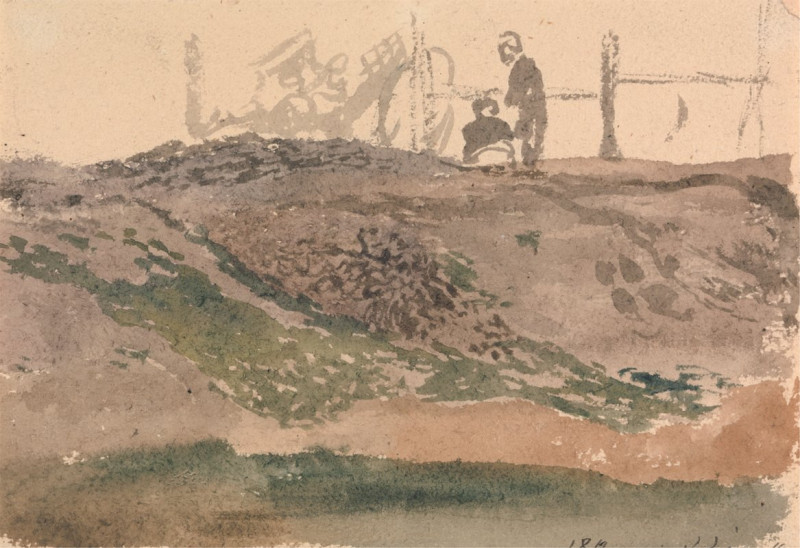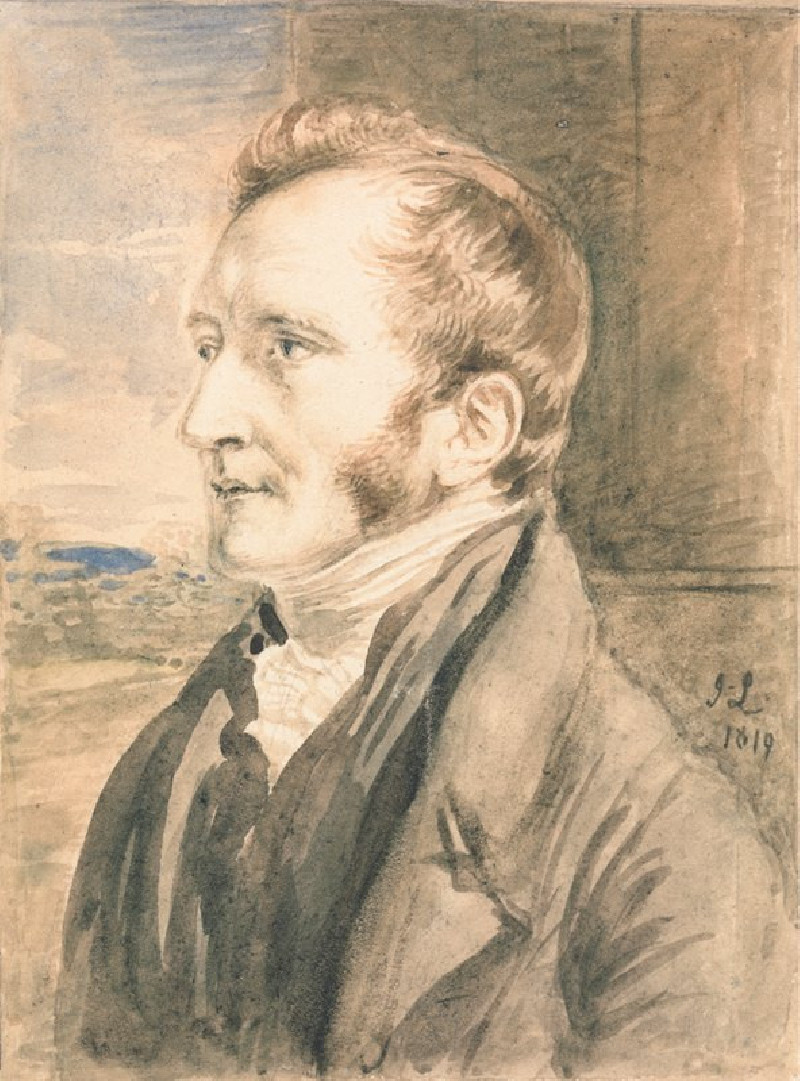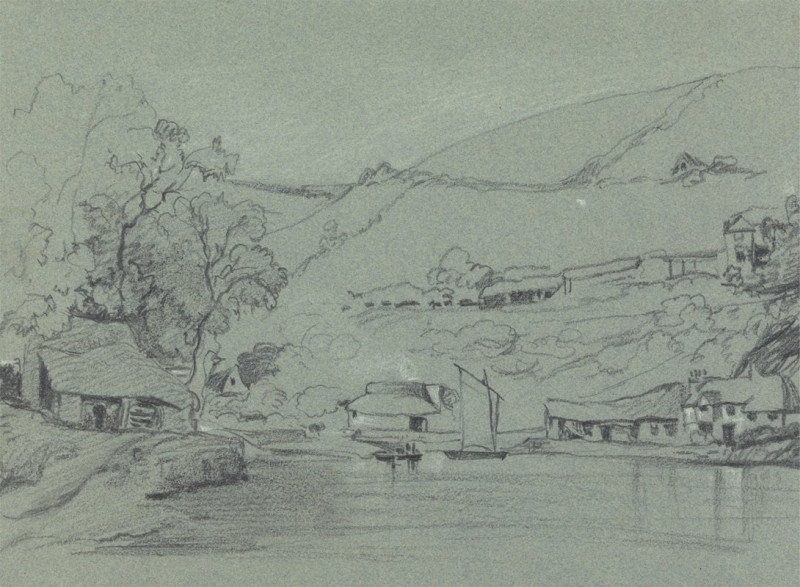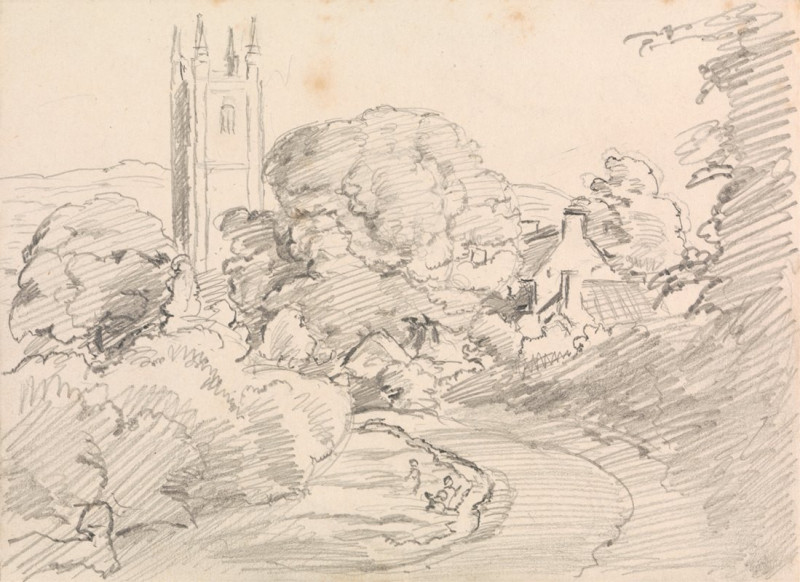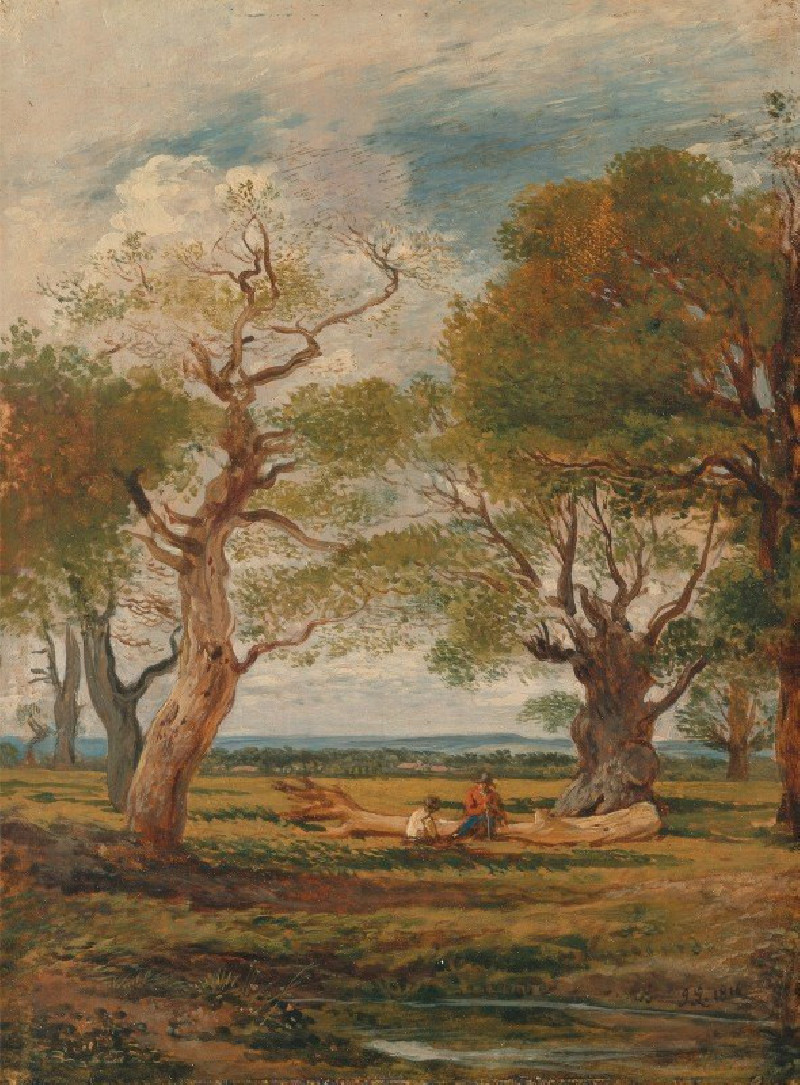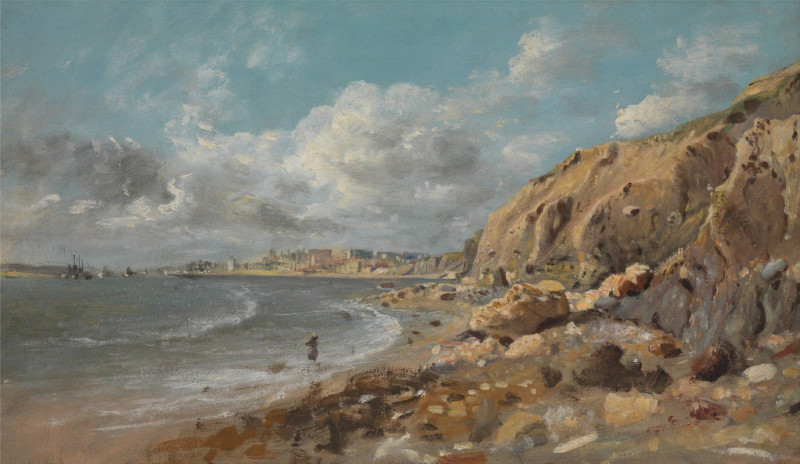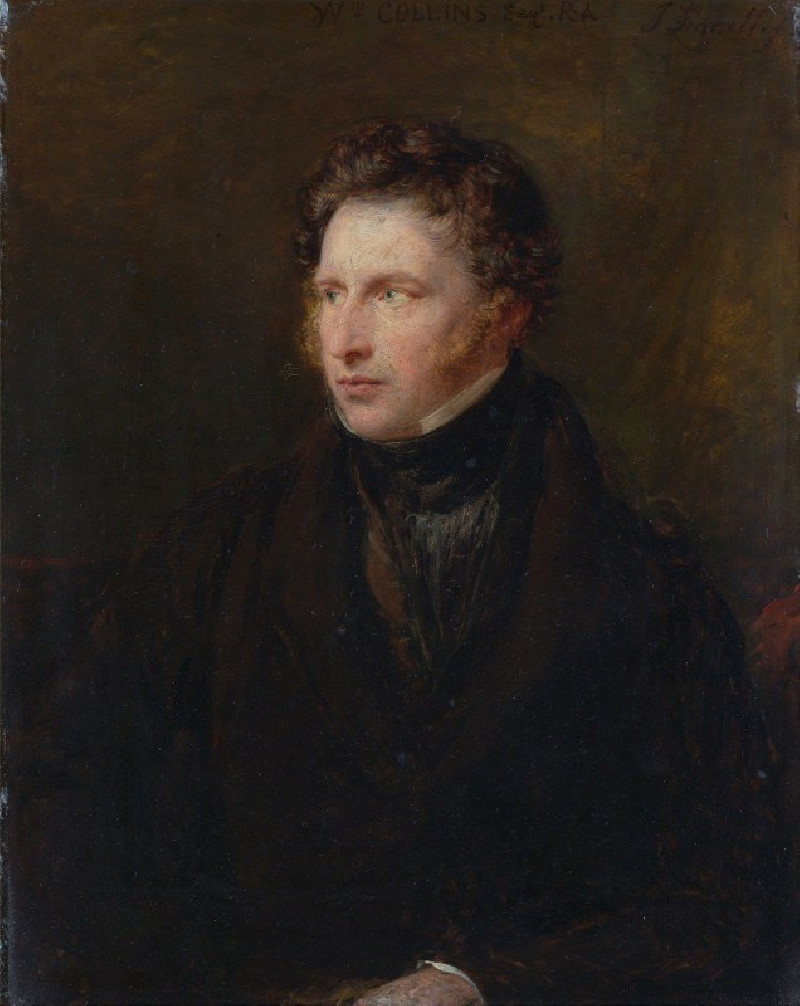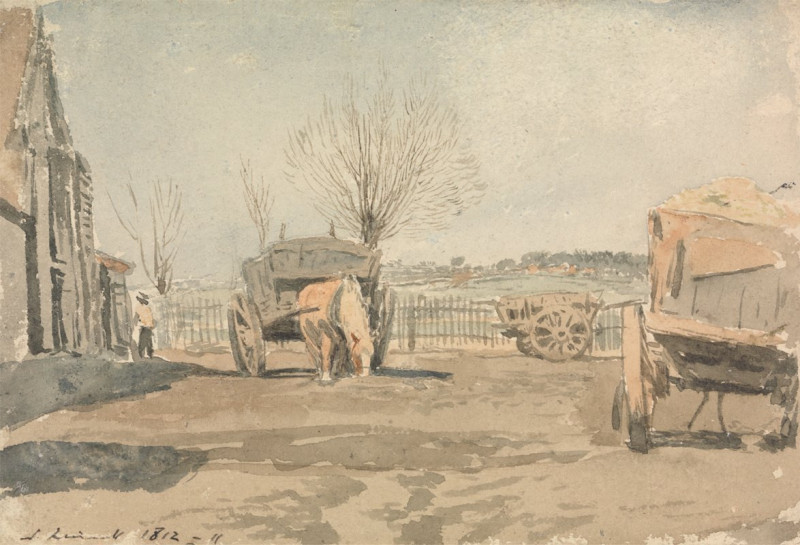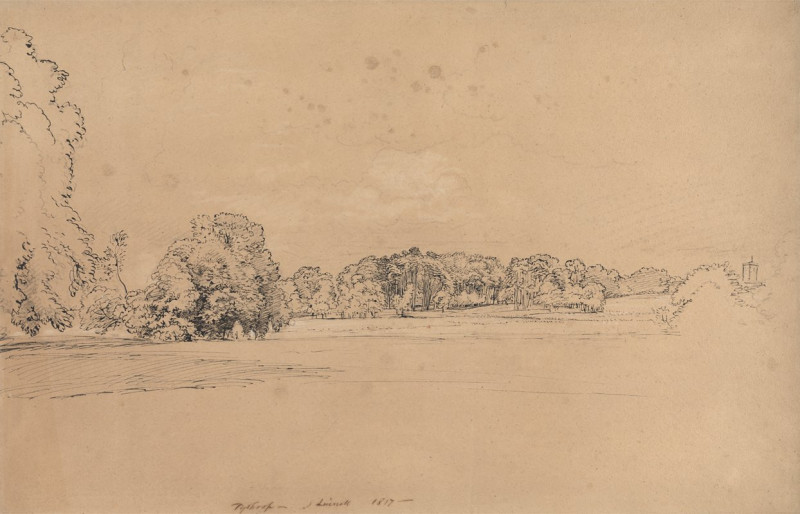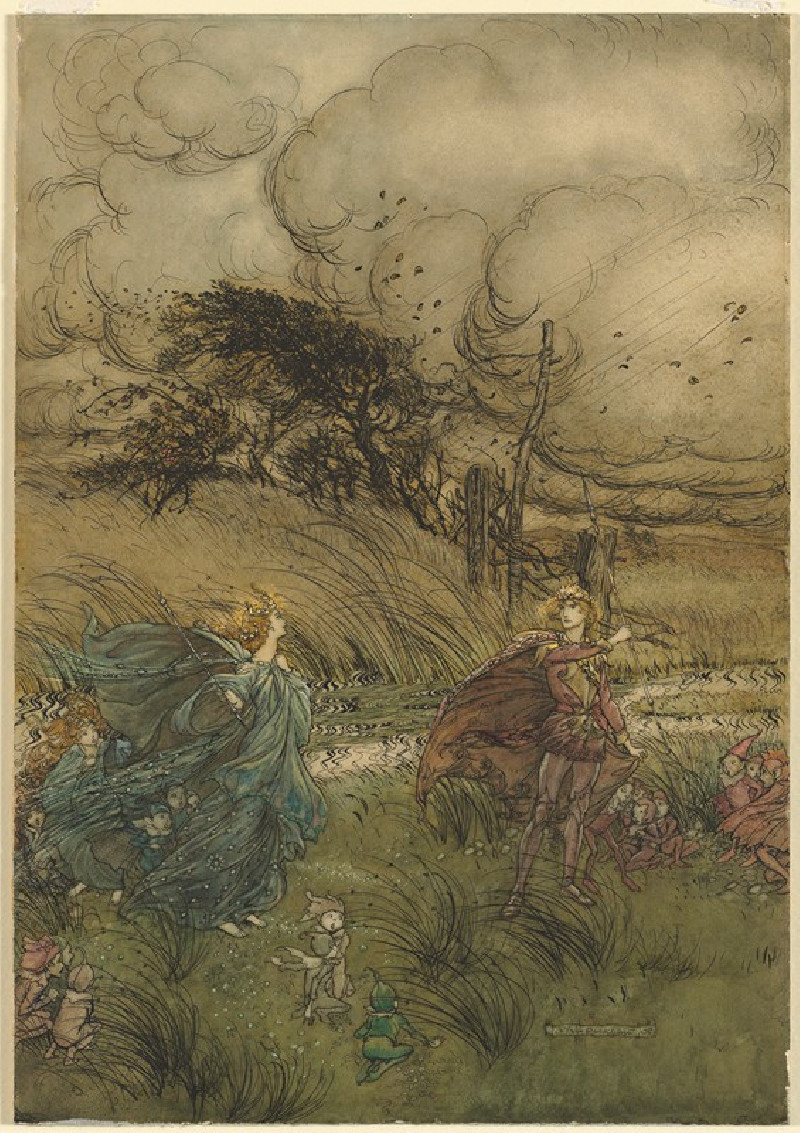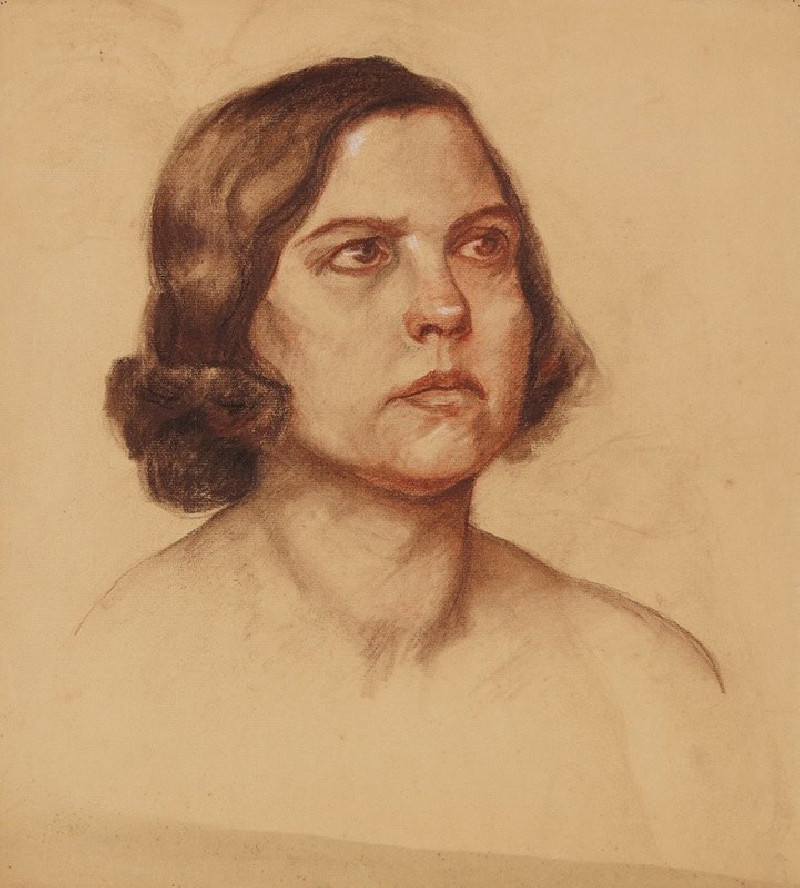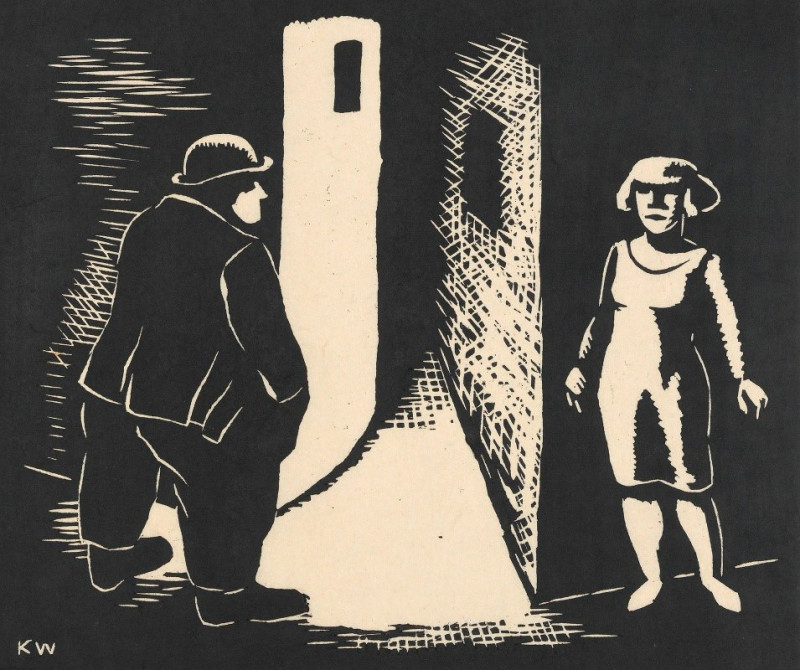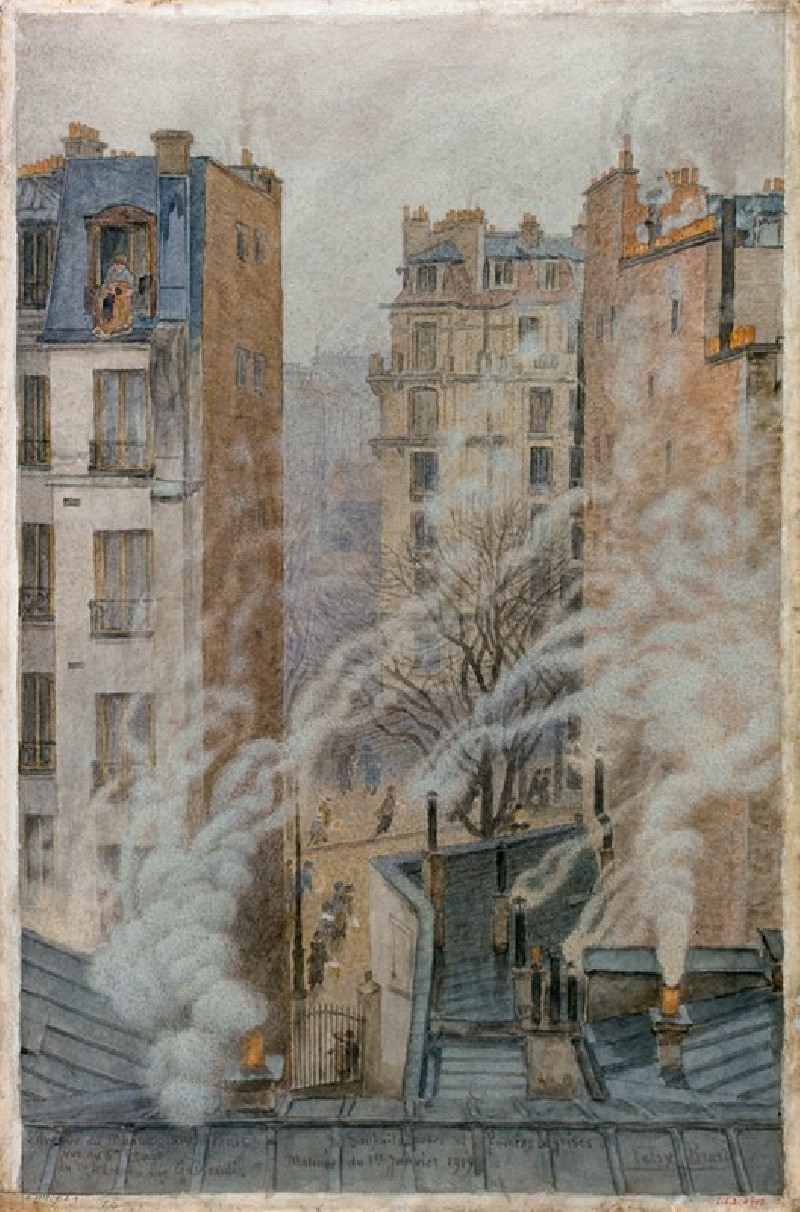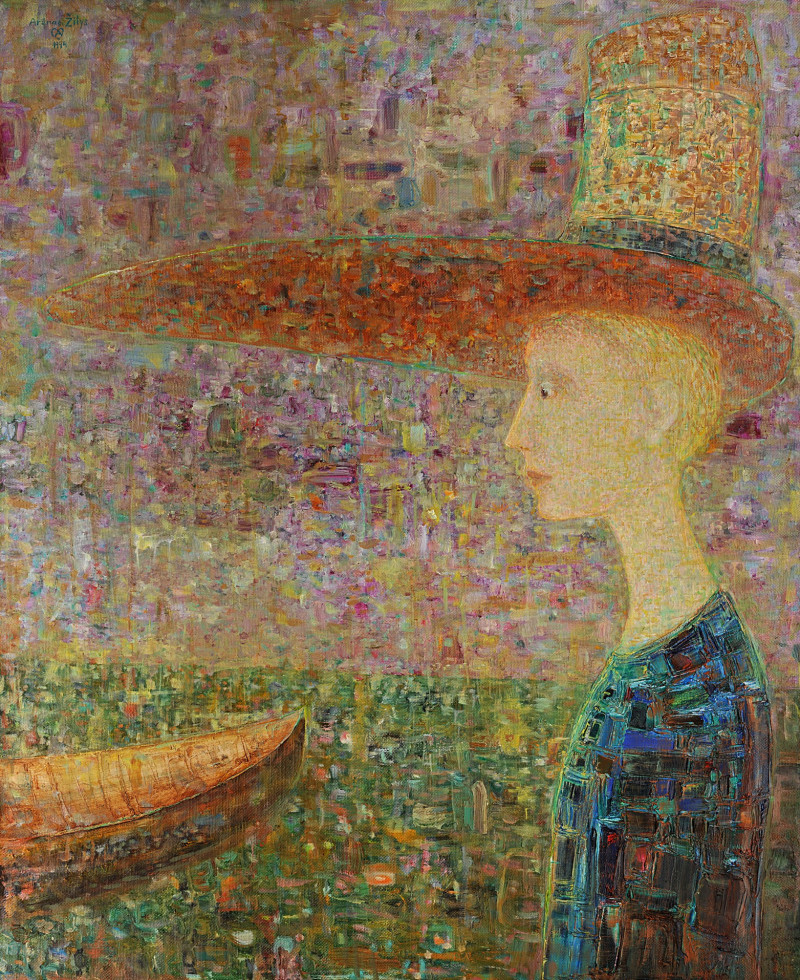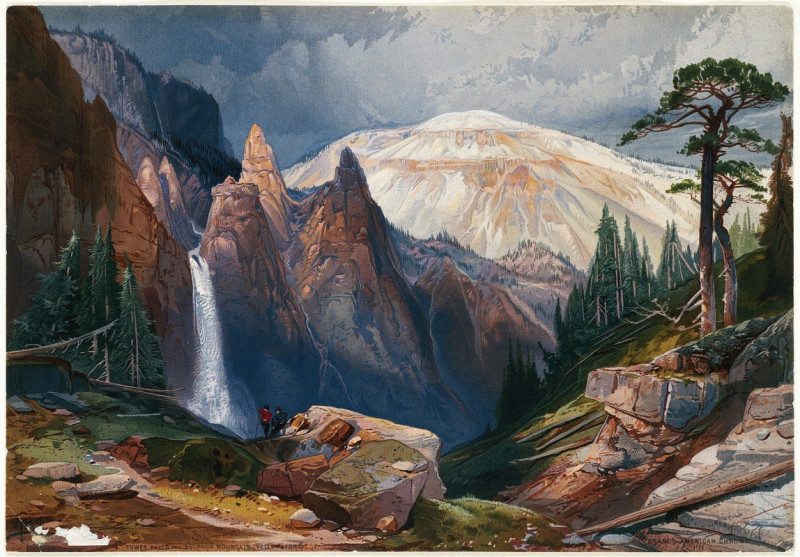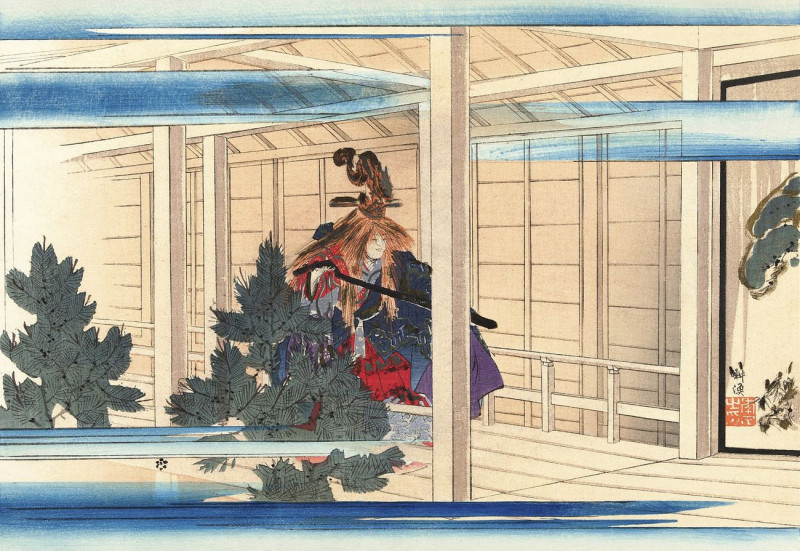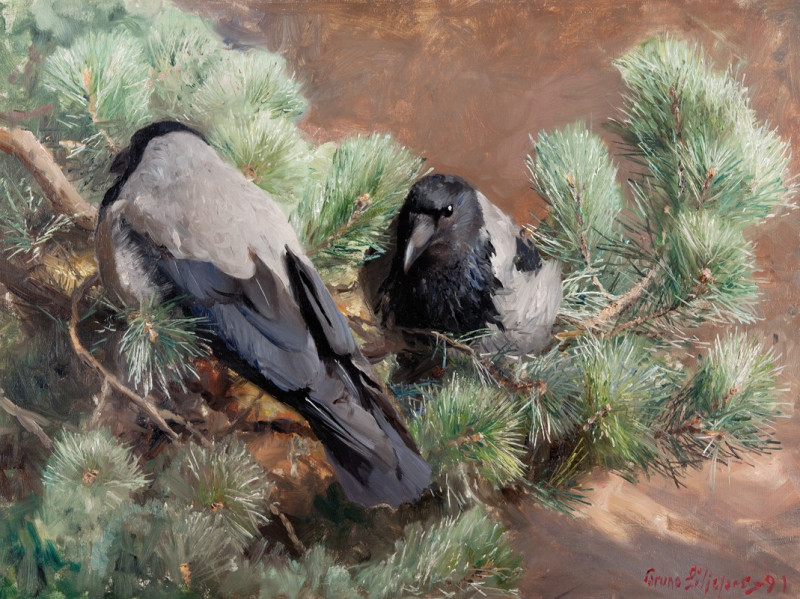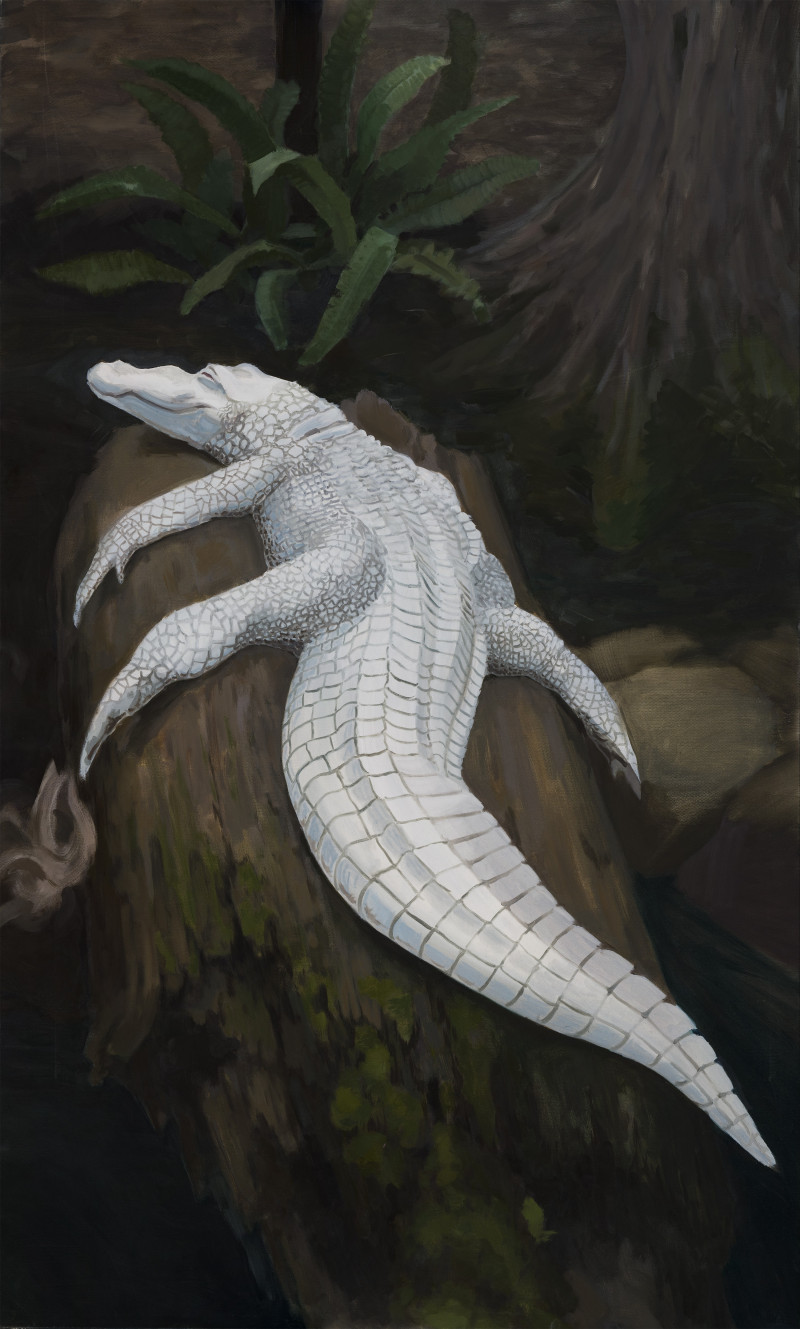Evening (1849)
Technique: Giclée quality print
Recommended by our customers
More about this artwork
"Evening" by John Linnell, painted in 1849, captures the serene essence of a bucolic English landscape as daylight dwindles. The painting is a splendid showcase of Linnell’s adeptness with natural scenes, characterized by a gently fading sun that sets the evening aglow with warm, golden hues. The foreground is animated by a pastoral scene where a shepherd, wrapped in subdued colors, guides a flock of cattle along a rugged path. These cattle, bathed in the soft sunlight, add a sense of tranquil motion to the composition.The landscape is divided by a meandering stream that reflects the vestiges of the twilight sky. Surrounding this peaceful procession are verdant trees, standing as silent sentinels of the passing day. Their rich, dark green foliage contrasts starkly with the fiery evening sky, creating a layered tapestry of color and light that captivates the viewer. In the distance, the horizon stretches out, hinting at expansive fields beyond, painted in soft blues and purples of the early evening.John Linnell's work is not merely a visual treat; it evokes a profound sense of nostalgia and the universal, timeless appeal of nature’s cycles.
Delivery
Returns
John Linnell was an English engraver, and portrait and landscape painter. He was a naturalist and a rival to the artist John Constable. He had a taste for Northern European art of the Renaissance, particularly Albrecht Dürer. He also associated with Edward Thomas Daniell, and with William Blake, to whom he introduced the painter and writer Samuel Palmer and others.

